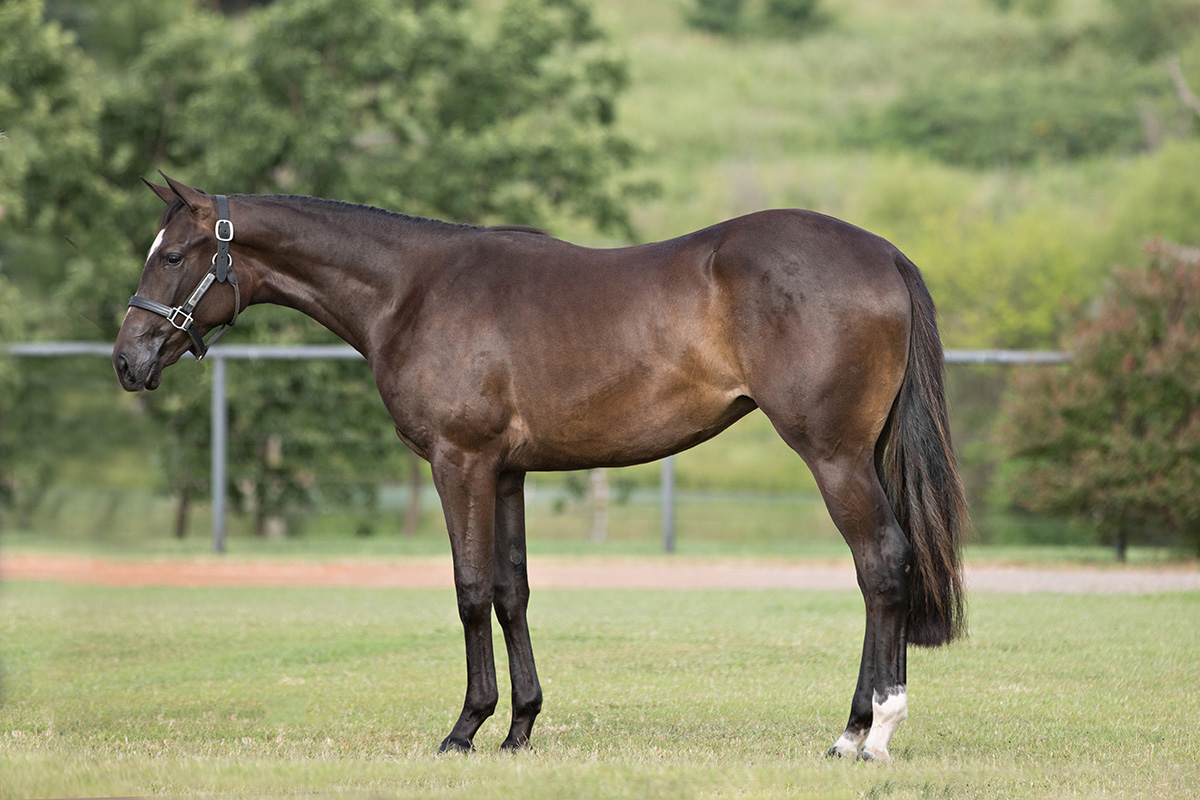
Knowing how to take a good conformation photo is a handy skill for any horse person to have under their belt. A conformation photo can be a make or break factor in a horse’s sale ad, or if you use them for record keeping, following a consistent strategy when taking them will keep an accurate record of your horse. But conformation photos take more skill than one may think—follow along for seven quick tips on how to take the ideal conformation photo.
1. Bathe Before Photos
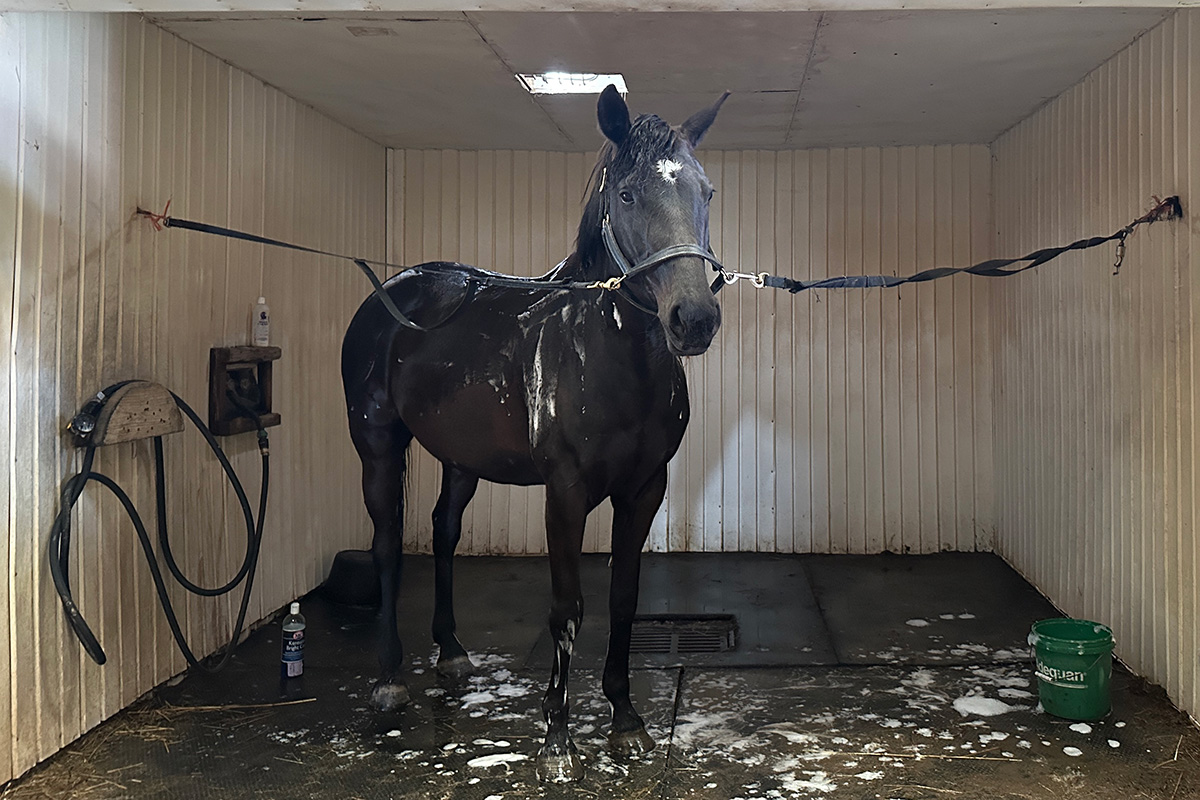
2. Pay Attention to Lighting
Bad lighting can ruin an otherwise good conformation photo! Remember, you want to be able to see the horse, so pay attention to where the sun is—it is ideal for the sun to be behind the camera—and pick your spot accordingly.
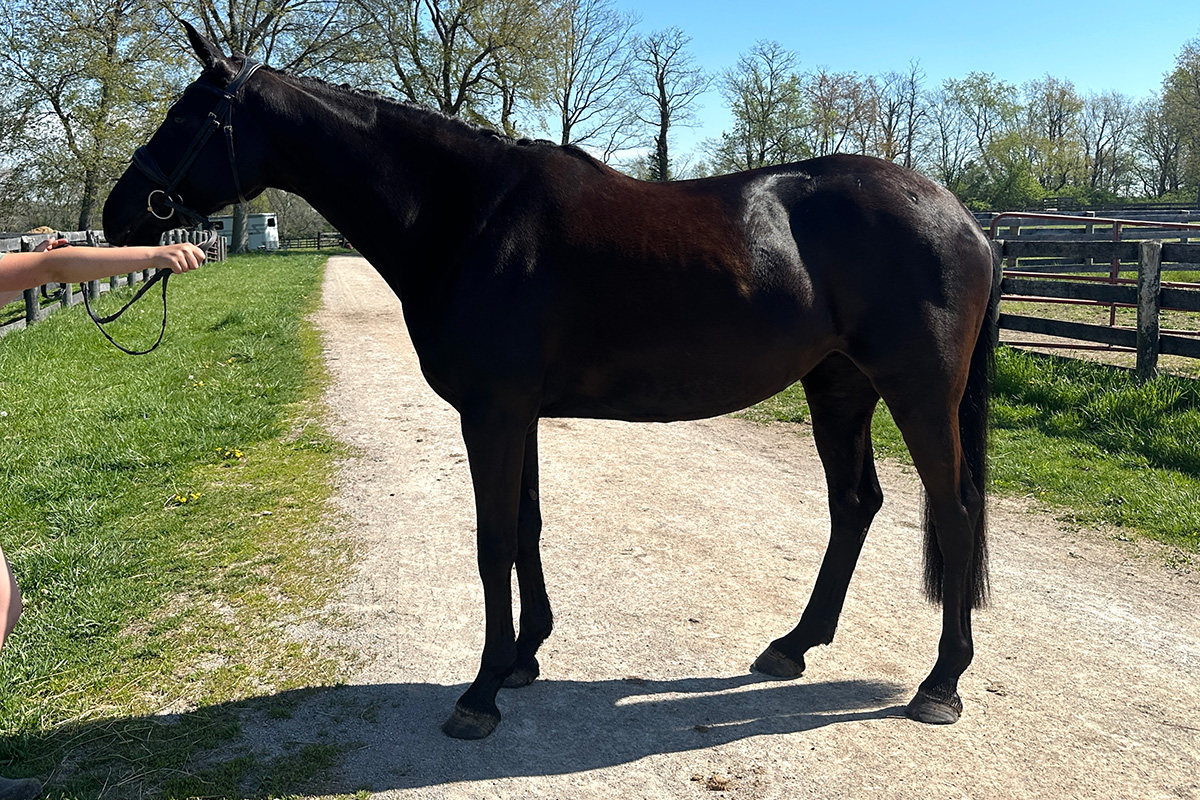
3. Avoid a Busy Background
A cluttered background distracts from the horse, so try to find a spot with a simple background, away from trailers, busy barn sides, and other horses. With a zoom lens, you can even achieve a blurred background effect to make the horse even more prominent in the photo.
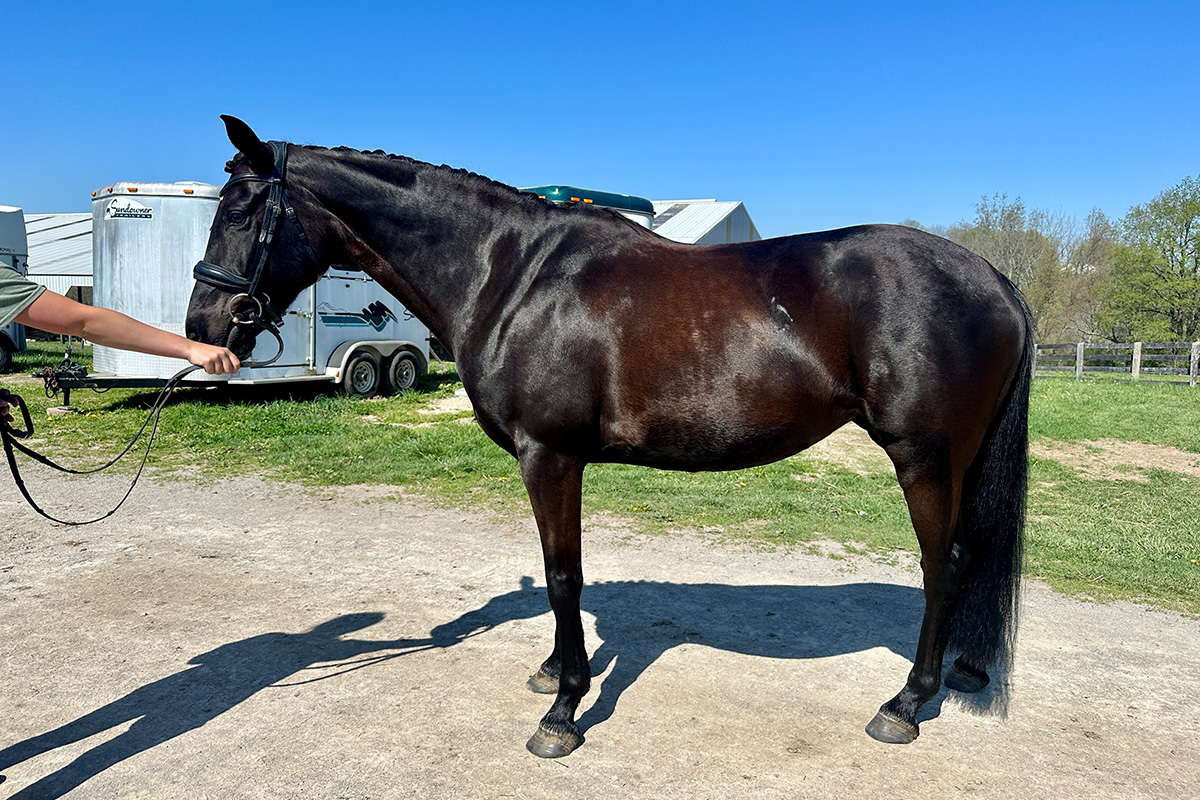
4. Space Out Horse’s Legs
Ideally, you want the horse to be standing with their legs “open,” or spaced out so that you can see all four legs. Make sure you have the legs on the side closest to the camera as the ones that are offset: the hind leg closest to the camera should be slightly behind the hind leg further from the camera, and the front leg closest to the camera should be slightly in front of the other front leg. Not only will you be able to see each leg, but this enhances the way the entire body looks! You’ll also want to ensure that the horse is standing on even ground so that their body does not incorrectly appear uphill or downhill.
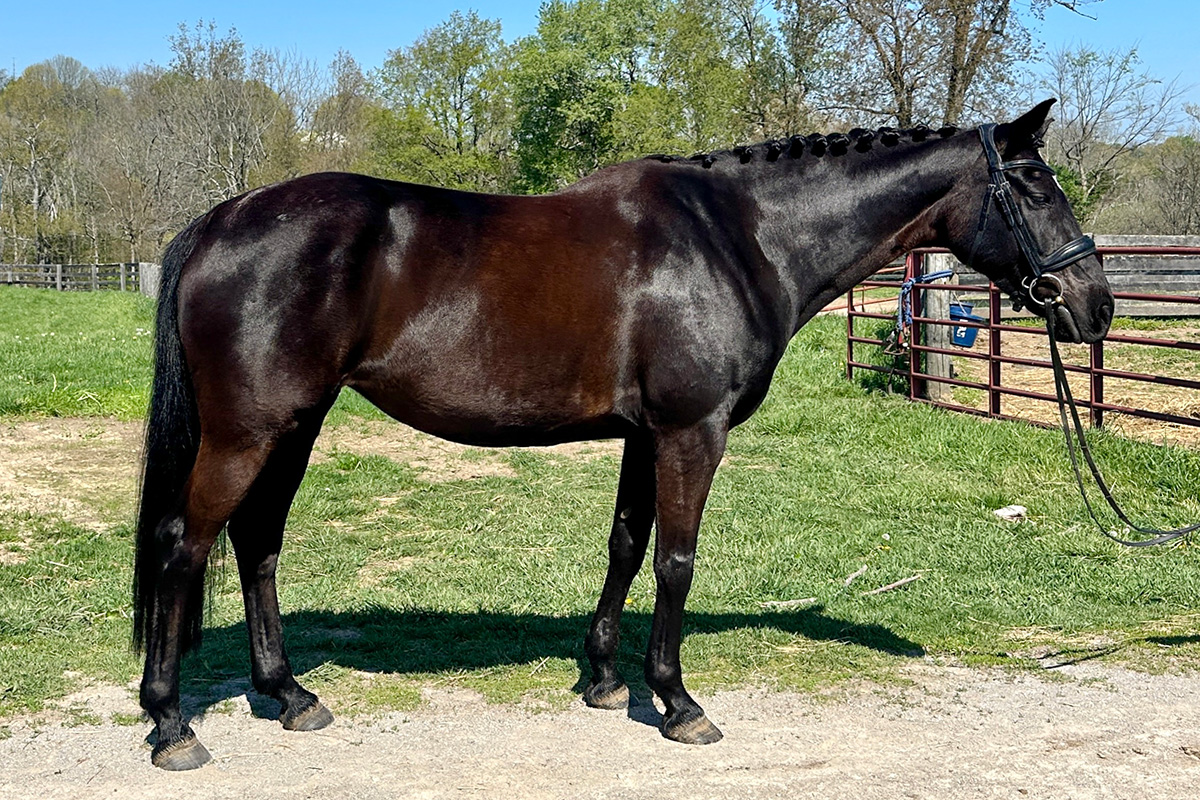
5. Keep Horse’s Focus
A distracted horse can ruin an otherwise great shot! You don’t want the horse to look bored or looking off in another direction. Having a helper with treats, horse sounds, props or whatever works to get the horse’s attention is key, as is reducing the amount of distractions around when taking photos.
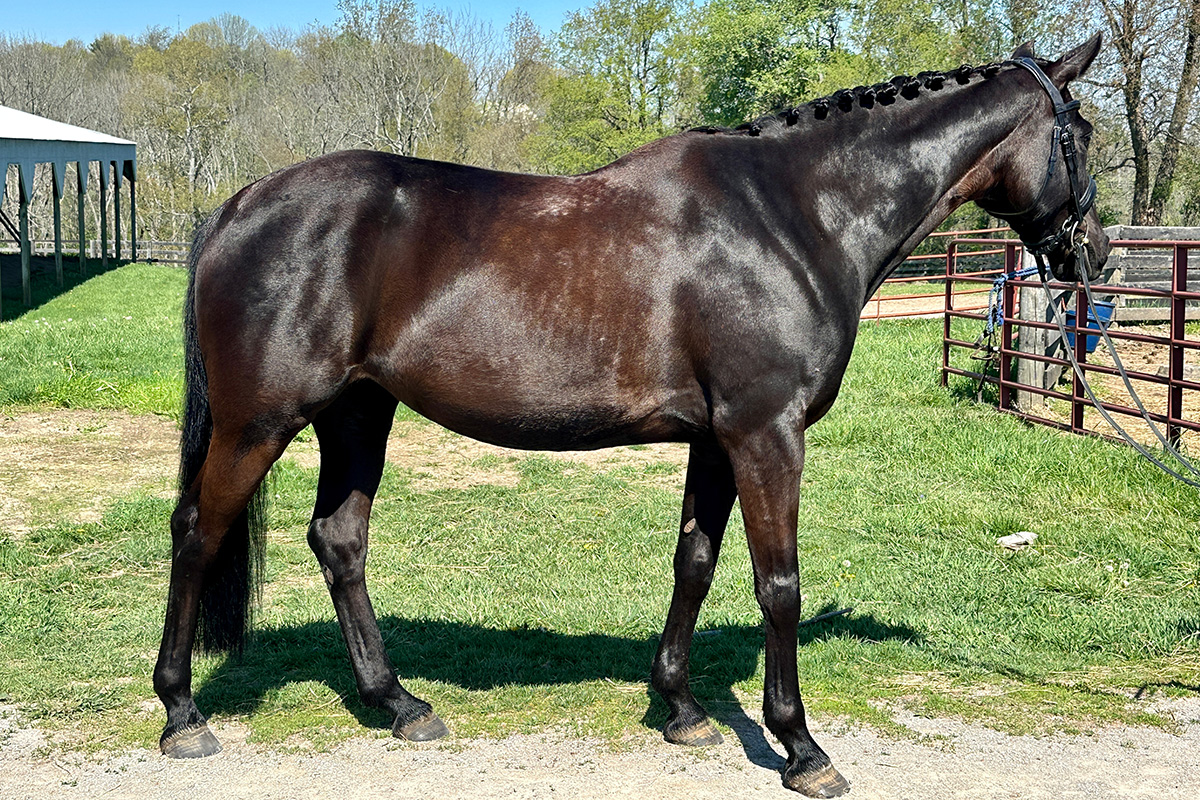
6. Encourage Your Horse to Stretch & Lower the Neck
See if you can get the horse to stretch their neck slightly down and out to show off their muscles. A tense horse with their head in the air might make their back appear more hollow and their neck not as well-muscled. The handler can take a step back and draw their attention lower to encourage them to stretch down.
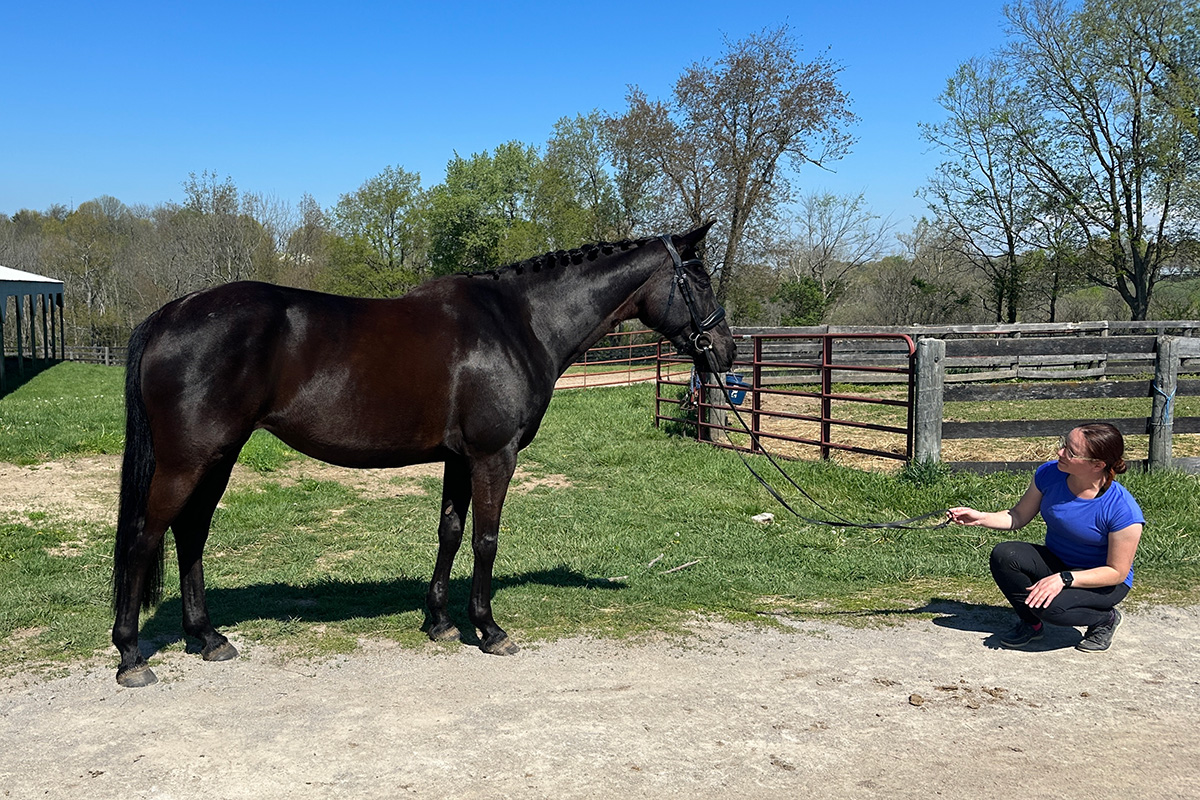
7. Stand at the Girth Line
Aim to stand at the horse’s girth line when taking photos for an angle that will not distort the horse’s body. Do not stand too far back or too far forward. If you are using a zoom lens, you may position yourself far back and zoom in for a blurred background effect as mentioned above while still keeping the horse’s full body in the frame.
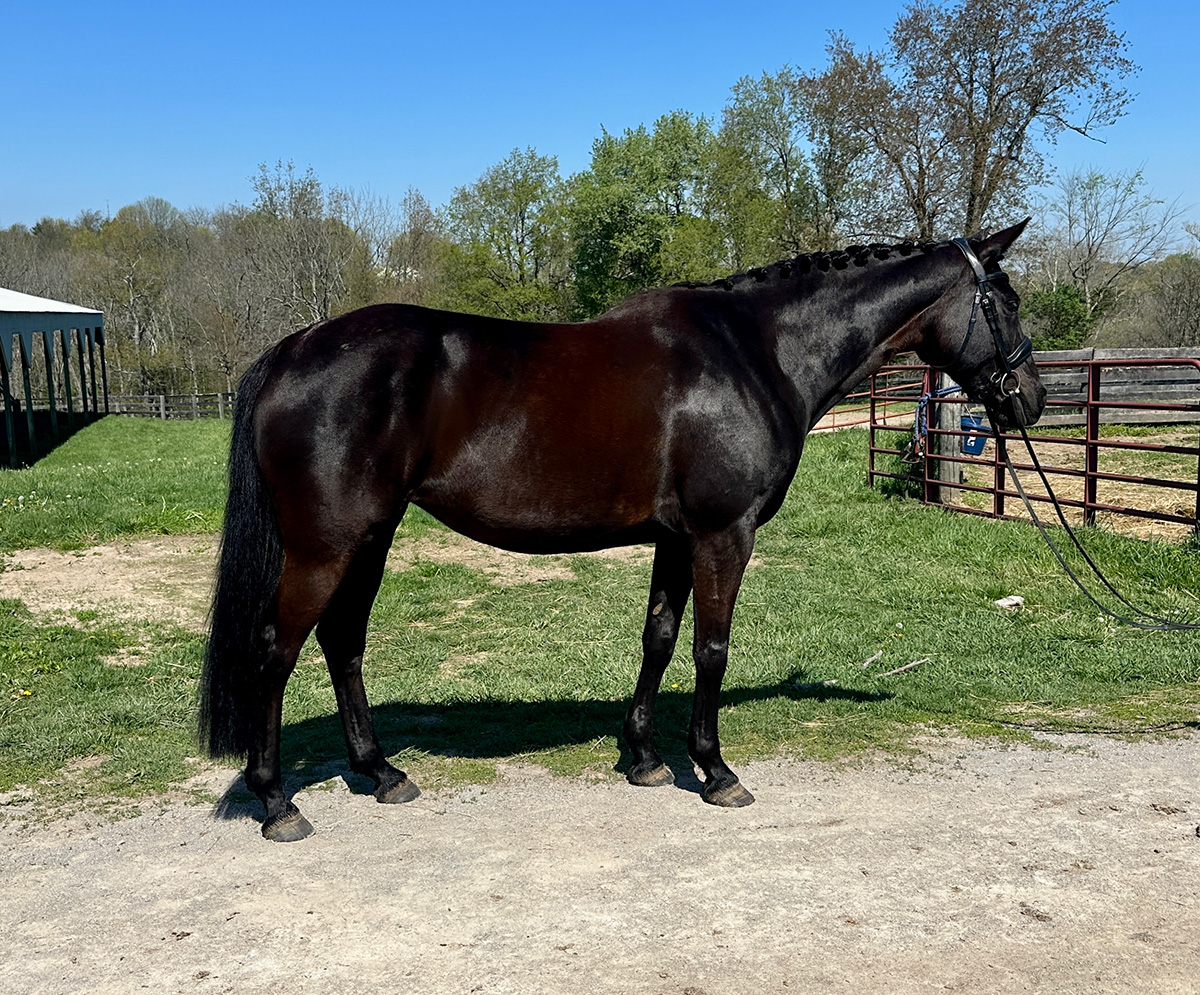
It takes time and practice, both for the horse and handler, to get a good conformation photo. Don’t let yourself get frustrated—eventually you will get the perfect shot!
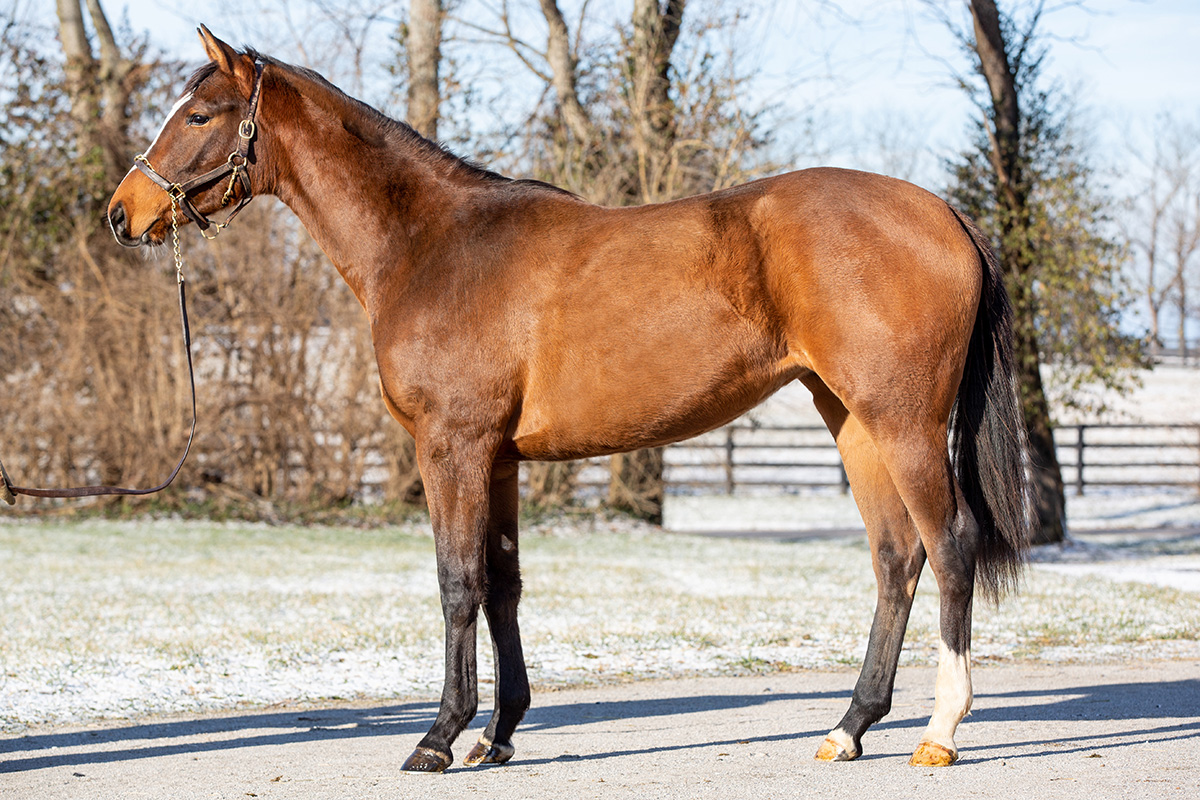
This article about how to take the ideal conformation photo is a web exclusive for Horse Illustrated magazine. Click here to subscribe!





